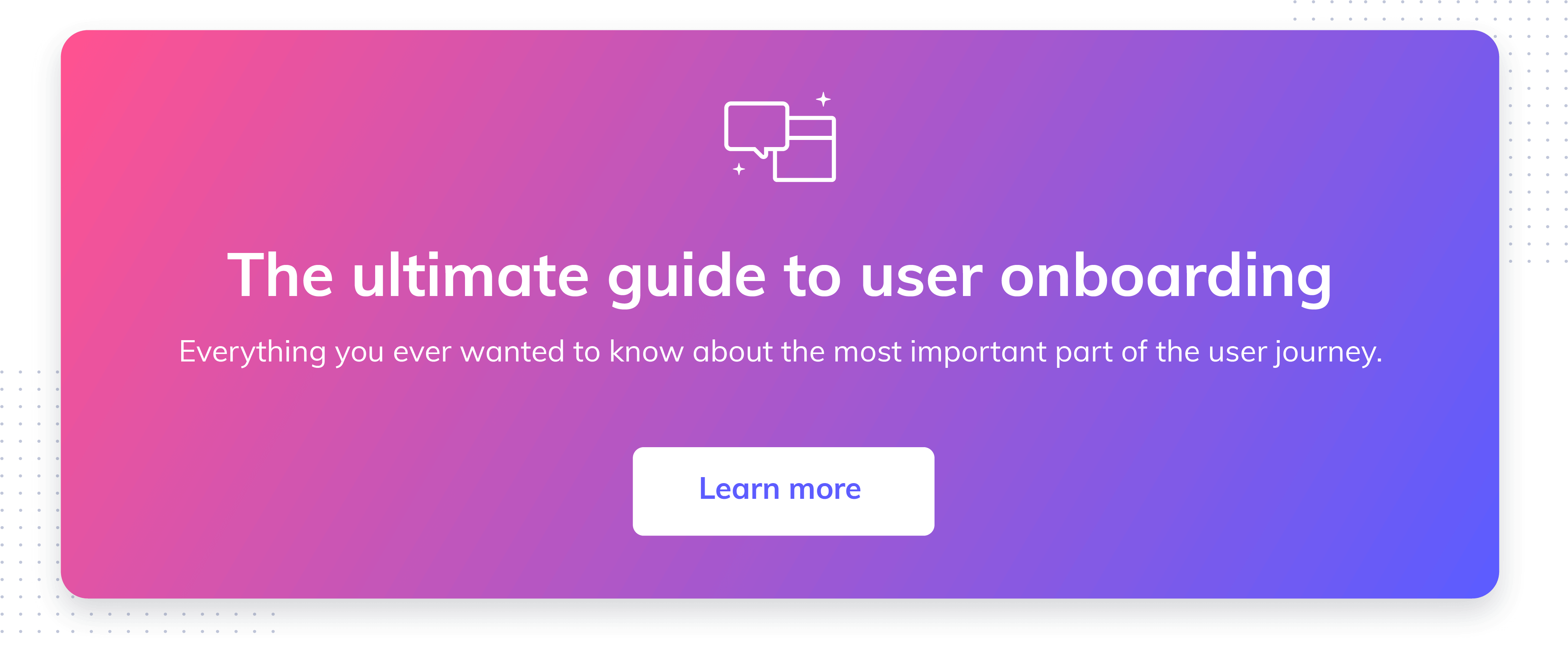
Albert's mission-based onboarding
Staying on top of your financial situation isn't easy. Banks and credit unions frequently provide only the bare minimum functionality needed to track and transfer funds, and the additional cost of a personal financial adviser often leaves customers to track their money on their own, leading to disjointed tracking and less-than-ideal financial decisions.
There's a new app in town, though, with big ambitions to make things easier. Albert uses powerful automation technology to improve the finances of their customers, with a team of professional human advisers available at any time via text message to provide additional guidance. Albert's beautifully designed mobile app analyzes users' entire financial situation, building a unique plan based on their income, spending habits, and goals.

Everybody's financial situation is different, and Albert has designed their user onboarding sequence to effectively guide users through the complex app. The onboarding sequence is broken up into “missions”—short tutorials that teach one section of the app at a time—and each mission is presented to the user only when they're ready to cover that section of the app.

This mission-based approach to onboarding builds trust through familiarity, avoiding the common onboarding problem of users feeling overwhelmed with information they're not ready for.
The first mission teaches users how to message Albert's team of geniuses. By immediately demonstrating the most valuable feature within the app, Albert increases the likelihood that users will continue using the service.




Completing each mission leads users to a screen congratulating them on their efforts and encouraging them to complete more missions.

Users are reminded of their progress as they progress through each mission on the main screen of the app, again encouraging them to complete each mission.




Why this is Really Good UX:
- By breaking their onboarding down into missions, Albert is able to avoid overwhelming users with information—each mission is made available only when a user is ready to complete the mission.
- Users are repeatedly encouraged to continue completing missions, and progress indicators show how many missions are left to complete. This approach increases the completion rate for the onboarding sequence and also reduces the chance that users will abandon the app.
- Albert's microcopy clearly and succinctly explains each step in the onboarding process, building trust and effectively humanizing the brand.

.png)
.png)
.png)